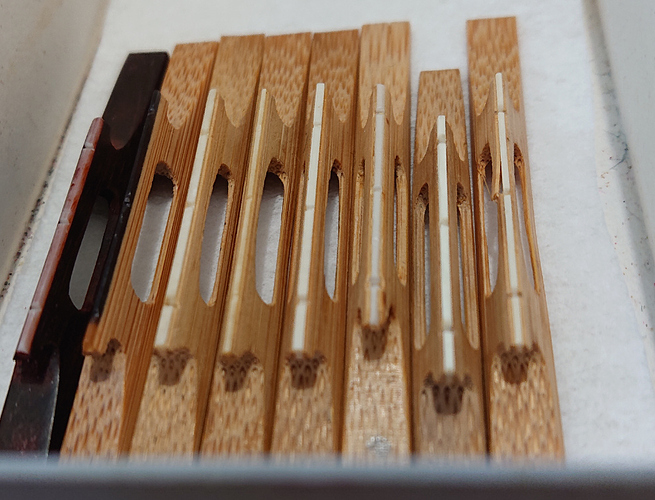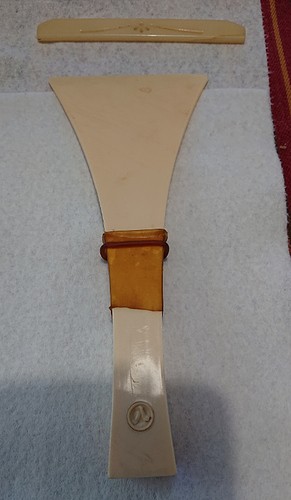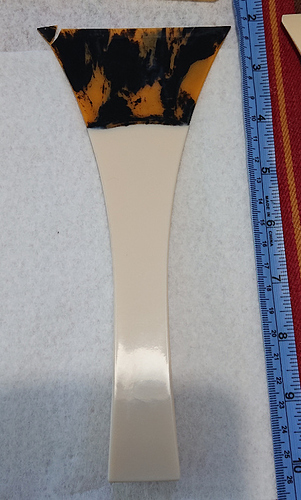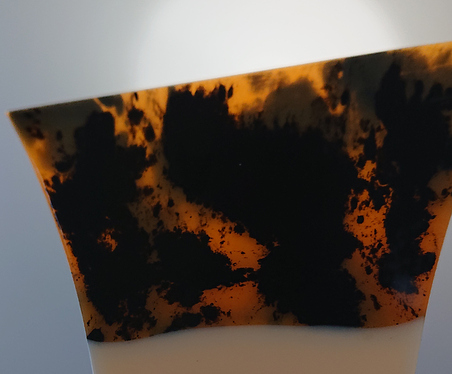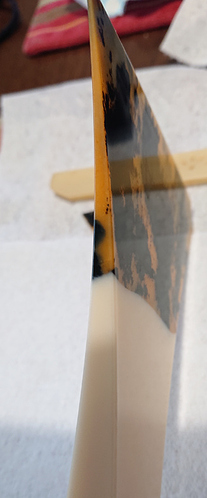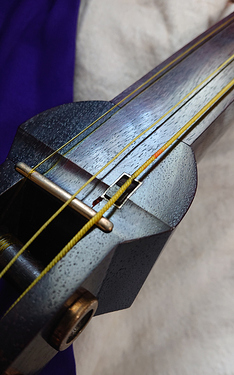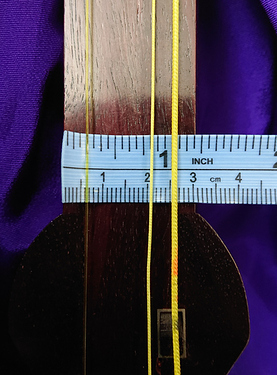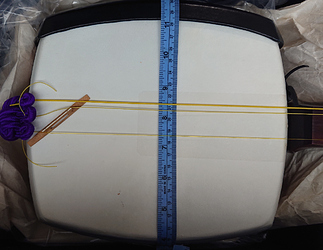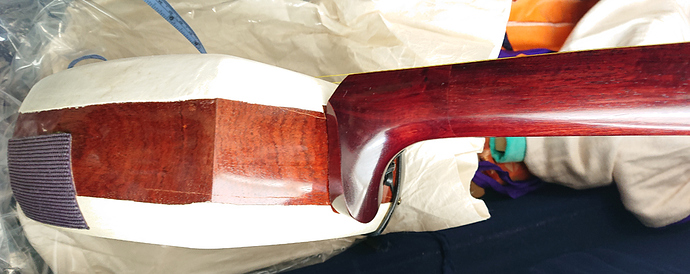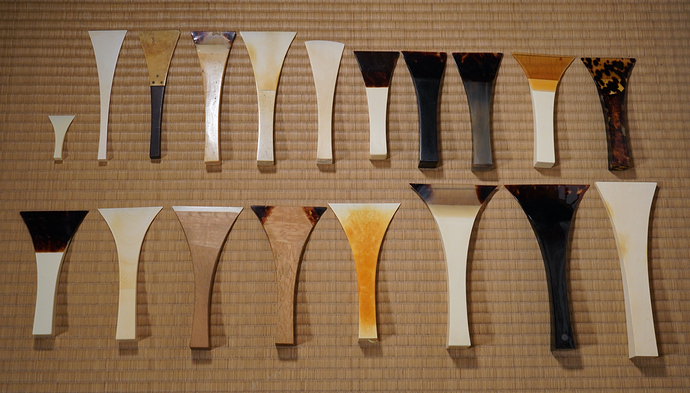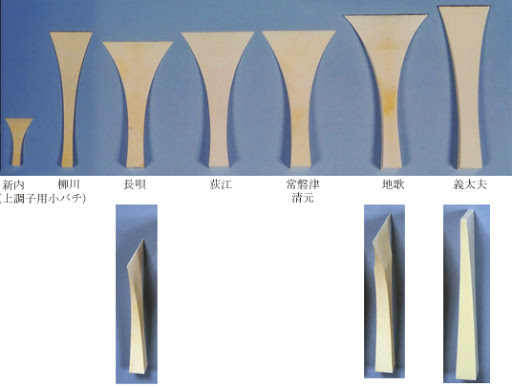Hello there!
I’m Kei, and I’m new to the world of playing shamisen. I had always liked it for a number of reasons, and finally decided to take the plunge into buying one and learning. After a lot of looking, I won the vintage lottery that is auctions, and got myself a futozao shamisen with a ton of goodies! The seller unfortunately didn’t know any details on the lot, so there was a little guesswork and a lot of research on my part, but I believe the previous owner used it for jiuta, judging from the bachi included in the lot, although as far as I can tell (from body size, and itomaki) it is a tsugaru shamisen, made of karin. I’m no expert though, someone else with a better eye would probably know more than me!
A few small battle scars from shipping, and the nicer mystery material bachi snapped a corner, but everything arrived in one piece. So far, tucked away in the box, i’ve found two sets of pitch pipes, a box of ANCIENT cello rosin (???), eight or so handmade yubikake, about 12 san no ito, 4 ni no ito, 2 ichi no ito, 9 koma of various varieties (one I believe is similar to the shinobikoma, it’s long and flatter, and produces a much quieter noise when i play), two bachi- One acrylic, one that feels sort of like resin or porcelain? (I dont think it’s bekkou, as it’s not translucent enough based on pictures i’ve seen, and it’s ‘cold’ and rather stiff…) Both of which seem to be for jiuta judging from the measurements. 
It also came with the rice paper bag, a fukuro and a very nice reinforced shamisen case.
I’ve been able to play and work through ichidan of rokudan over the past few days without too much issue (or so I feel), other than the usual beginner clumsiness. I’ll probably give it a week or two more to see if I can figure things out from a ton of the amazing resources here before I start pestering with the usual new player questions 
Below I’ll attach a couple pictures, thank you for reading this far and nice to meet you all!
Koma, sans the presumed shinobikomaacrylic bachi / resin? bachi, with the snapped tip

not very transparent, and made all one piece.
on to the shamisen itself, name pending.
neck dimensions + body dimensions, and a very nice, tight and fresh skin! (small damage from shipping right above the sawari, but it sounds fine) and finally, the wood grain!

